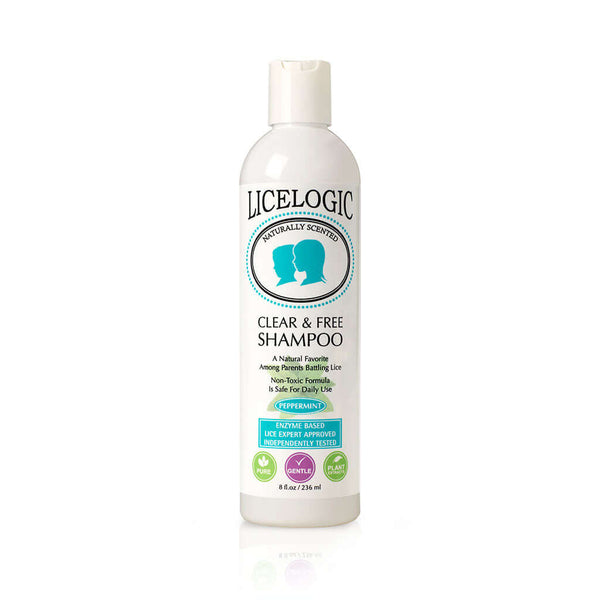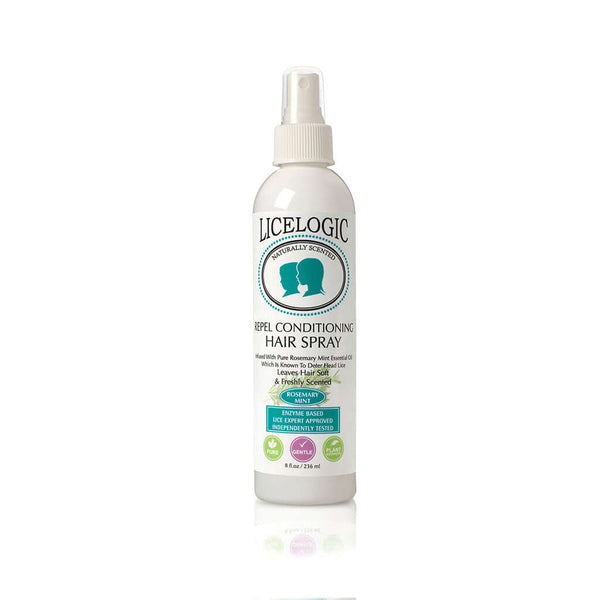
- Lice infestations have been documented by every civilization in the world.
- The cycle of a head louse has three stages: A nit, also known as an egg, is laid and then hatches into a nymph, also known as a baby louse, which then grows into an adult louse.
- The classic symptoms of head lice are a very itchy scalp often accompanied by vigorous scratching and the sensation of something moving or crawling through the hair.
- In some cases one may find red sores or superficial red bumps or bite marks that appear as small red spots, especially around the ear area and the nape of the neck.
- Head lice do not like bright light so it is best to check in direct sunlight or under a bright light.
- Head lice can be very difficult to spot as they move quickly. The can crawl about nine inches a minute but cannot fly or jump.
- The nymphs (or baby lice) are the hardest of all to see as they are very small and move fast.
- The nits (eggs) are usually oval in shape and can range in color from white to off-white, yellow, brown or reddish.
- If you run your fingers down the hair shaft and feel something like a grain of sand attached to a strand of hair, and it does not move when you blow on it, and cannot be flicked or washed away, it is very likely a nit.
- Head lice feed on the scalp about five times a day.
- They inject a tiny amount of saliva into the head in order to keep the blood from clotting and begin sucking tiny amounts of blood.
- During its lifetime, the female louse can lay up to 150 eggs at a rate of about 6 to 8 per day.
- The life expectancy of a louse is from 3 to 6 weeks, from birth to death. This may vary with temperature, humidity, and climate.
- The female lays eggs close to the scalp, usually no further than on the first ½ inch of hair and may move down the hair shaft as they mature. This is one of the ways to gauge how old a lice infestation is. The further down the hair shaft a nit is, the older it is.
- When an egg or nit hatches, it releases a nymph (or baby louse) while the nit shell (or egg shell) stays attached to the hair.
- Lice are able to survive for about 24 to 48 hours before needing to feed on a human host.
Learn more about head lice and how to deal with a lice infestation
We Are Here To Help & Answer All Of Your Questions:
Dealing with a lice infestation can be very stressful for most people. We are here to support you and answer any questions you may have. Feel free to contact us. We are here to help!



